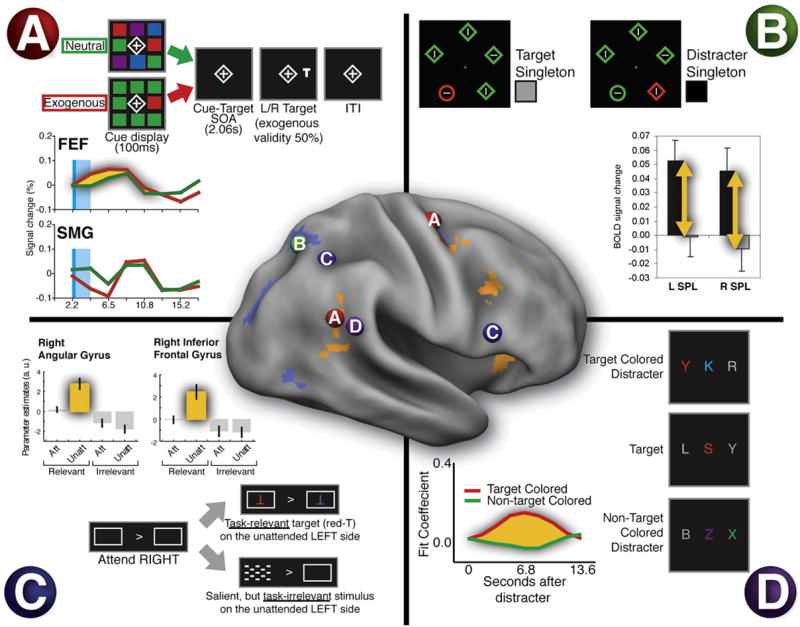Figure 4. Ventral Network Activity Is Restricted to Task-Relevant Stimuli.

(A) Exogenous orienting does not activate TPJ. Subjects saw a color singleton (exogenous cue) or a heterogeneous colored array (neutral cue) followed by a target (cue and cue period in light blue). Behavioral performance was speeded when the target location matched the singleton location, even though the cue and target locations were random. The time course of the BOLD signal shown in the graph indicates that R FEF (see “A” in the surface-rendered brain) showed a larger response for exogenous than neutral cues. In contrast, SMG showed a small deactivation during the cue period, followed by a small activation when the cue period ended (Kincade et al., 2005).
(B) Salient irrelevant distracters influence the dorsal, not ventral, system. Subjects categorized the orientation of a line within a singleton shape (the circle). Salient but irrelevant singleton color distracters that impaired behavioral performance activated dorsal region SPL (see “B” in brain) rather than TPJ (de Fockert et al., 2004).
(C) Unattended stimuli only activate TPJ if they are task relevant, not if they are irrelevant, even though they have high sensory salience. A task-relevant unattended letter activated angular gyrus and inferior frontal gyrus (see “C” in brain), but no responses were seen to the unattended but highly salient checkerboard. The angular gyrus response may reflect the combined activation of dorsal (IPS/SPL) and TPJ regions (Indovina and Macaluso, 2007).
(D) Distracters only activate TPJ if they share features with a target, indicating a strong effect of task relevance. Subjects identified red foveal letters while ignoring irrelevant peripheral letters. Peripheral letters that matched the target color interfered with performance and activated TPJ, while non-target-colored letters had no effect (“D” in brain) (Serences et al., 2005).
